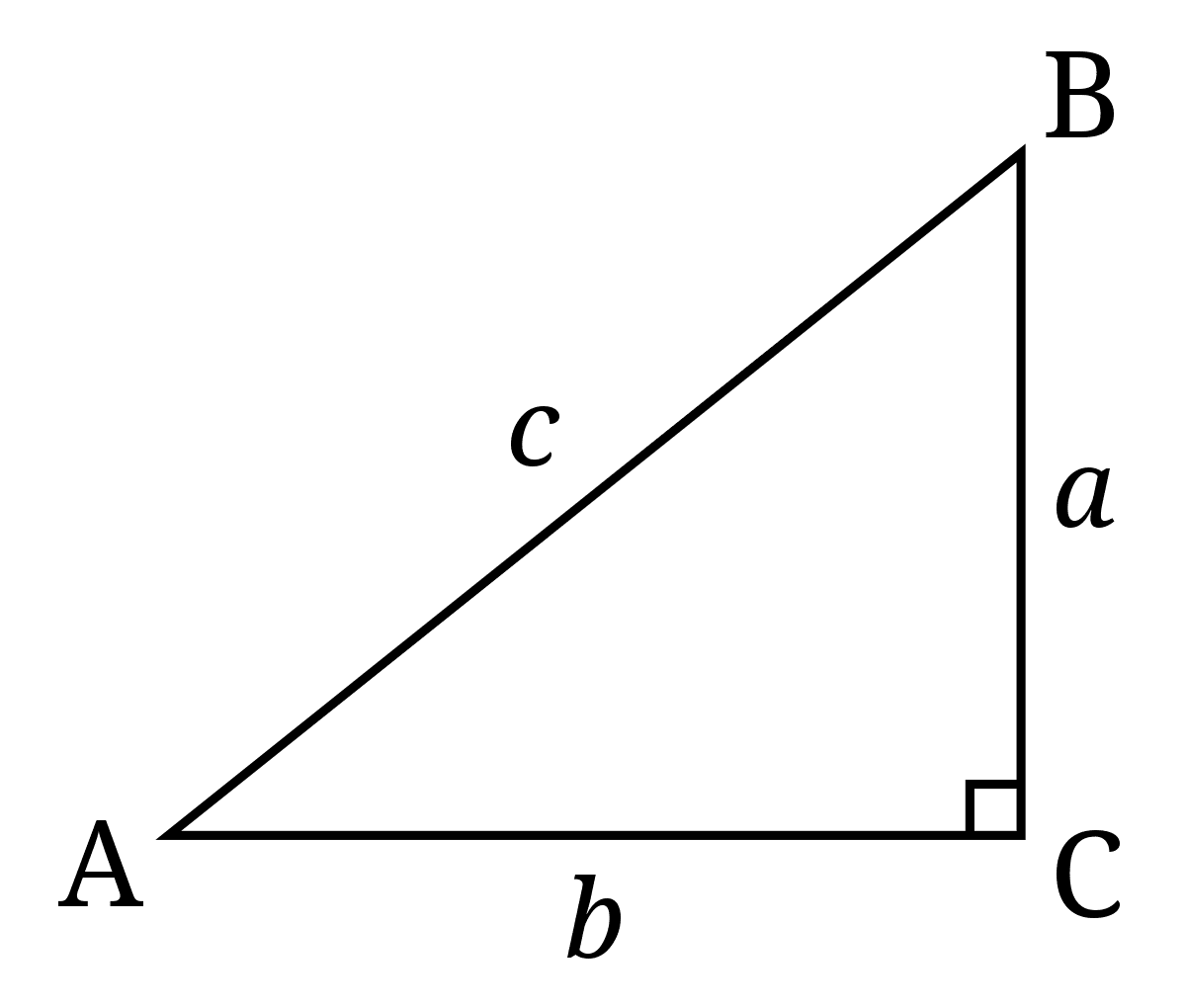WildRose
Well-Known Member
The longer the flight of the bullet the greater the effect of the wind. The deflection caused by the wind therefore increases requiring an ever increasing compensation on your part.What do you mean by wind distance? Do you mean the adjustment for wind based off of wind speed? Ok my understanding of wind was about the same. Personally, when I get to the point, I won't shoot at an animal any further than 600 yards regardless of conditions.
A wind deflection of 1" at 100yds is going to be roughly 10" at 1,000yds.

